Mothers—sometimes we’re lauded and sometimes we’re hated, but someone is always yelling for us. With that theme in mind, here are three of my favorite books to read on Mother’s Day:
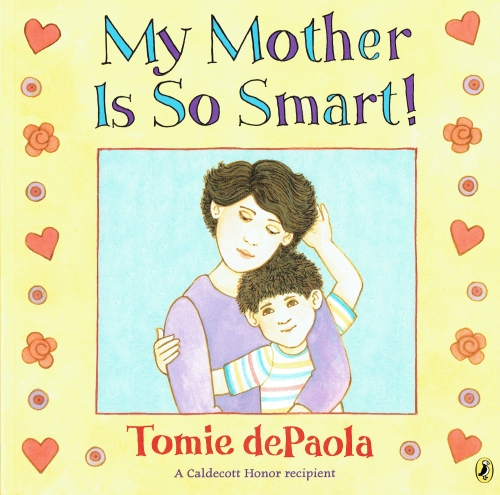
“My Mother is So Smart,” by Tomie dePaola.
I’ve always loved those Mother’s Day questionnaires teachers have our kids fill out each May. It’s fun seeing what pops into my girls’ mind when they’re put on the spot and asked to finish a sentence like: “My mom always says…”
While there’s a laugh in a child’s inability to accurately assess her parent’s age or what her mother might do with an hour’s free time, there’s invaluable wisdom in the answers she gives when asked to articulate when she has the most fun with her mom.
As a mother, I want nothing more than to have my children know they’re loved infinitely and unconditionally, and I can only hope that they appreciate the unique qualities I offer as their mother.
The legendary author Tomie dePaola leaves no doubt as to how he feels about his mother, Florence, or Flossie, as she was better known. Like much of his other work, “My Mother is So Smart” is autobiographical, and it is everything a mother could ever ask for in a tribute from her child.
DePaola writes: “I knew form the time I was really little that my mother was smart.”
He praises her cookies, popsicles and warm breakfasts. He recalls the winter she taught him to walk and the Halloween she made him a bird costume. He speaks with pride of the time she taught the whole neighborhood to sing “Row, Row, Row Your Boat” and the Fourth of July when she showed all the kids how to make their initials with sparklers. He notes that she could drive his grandfather’s delivery truck and dance the polka. And he shares with awe her ability to “change into a movie star when she and my father go out at night.” For the grand finale, dePaola reveals his mother could even stand on her head.

DePaola’s reverence for his mother is moving, and the specificity of the attributes he praises in her make the book all the more intimate. DePaola published “My Mother is So Smart” in 2010 at the age of 76, 10 years after his mother’s passing. At the ages of 9, 7, 3 and 16 months, I wonder what my children think makes me special. And what memories of me will they honor when they’re in their seventh decade?
I’ll be 35 this summer and my mom is a youthful 62. Over the course of our three and a half decades together, I’ve been lucky enough to amass more memories with my her than I could ever possibly record, but I’ll cherry pick a few in honor of her this Mother’s Day:
- She decorated my childhood bedroom with heart wallpaper and bedding; so many hearts, she told me, so I would always know how much she loved me.
- For years, she tucked notes into my packed school lunches
- She once mailed me a tin of chocolate covered raisins at sleep-away Girl Scout camp because she knew I’d be homesick
- She has the best handwriting of anyone I know
- She’s a determined gin player and if you’re betting money, you better bet on losing it
- I probably complained about what was for dinner more nights than not when I was a kid, but these days, there’s nothing that beats having her show up at my house with fully cooked dinner.
- Best of all, she has boundless love for her daughters, and there’s not a day we don’t know it.
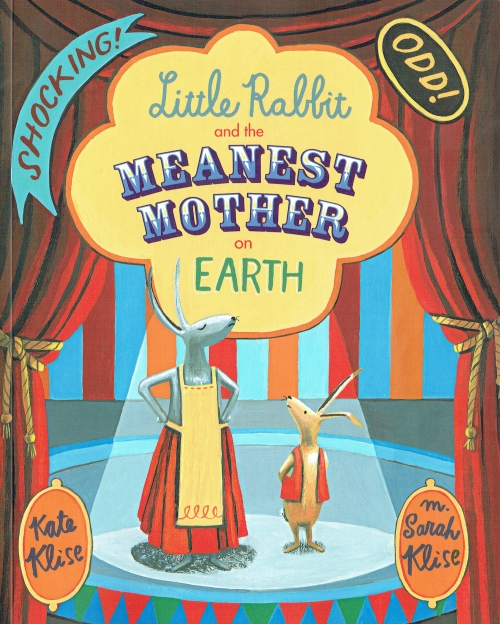
“Little Rabbit and the Meanest Mother on Earth,” written by Kate Klise and illustrated by M. Sarah Klise.
I’m only nine years into this gig, but I’ve already received my fair share of vitriol from aggrieved children. One of the best insults I’ve ever received as a mother was the time Charlotte called me a “trash mommy.” I can’t, for the life of me, recall what I possibly did to upset her, but she searched her little preschool vocabulary for the worst word she could come up with and she landed on “trash.” It seems, at least at that point, I was doing a pretty good job watching my language around the kids.
In “Little Rabbit and the Meanest Mother on Earth,” Mother Rabbit earns her son’s ire when she insists that he clean up his playroom before he can visit the circus that’s just arrived in town.
I can very specifically remember the hopelessness of attempting to put order to a destroyed playroom—my mom would send me and my sisters into our basement to clean up our mess of Barbies—it felt like descending into a pit of despair from which we’d never emerge.

Little Rabbit’s playroom looks about the same—detritus evenly spaced across the entire floor. Try as he might, his efforts at tidying only seem to make the room messier. When Mother Rabbit concludes that he won’t see the circus that day, boy is Little Rabbit angry:
“’I never get to do anything fun!’ Little Rabbit yelled. ‘It’s not fair! You’re so mean! I’m…It’s…You’re…’ But he was too angry to continue.”
Left pouting in his room, Little Rabbit decides to take drastic measures. He climbs out his playroom window and runs away to join the circus. But before he’ll take Little Rabbit on, the ringmaster wants to know what sort of act he can bring to the table.
“’Well,’ said Little Rabbit, ‘I have the Meanest Mother on Earth.’”
The ringmaster tells him if he can sell 100 tickets to see this horrific mother, Little Rabbit will be included in the evening’s show. With promises of a punishment-plotting, two-headed, green-toothed, tail-eating monster, Little Rabbit draws a big crowd. But when the spotlight shines on Mother Rabbit, the crowd feels short-changed and their anger mounts.
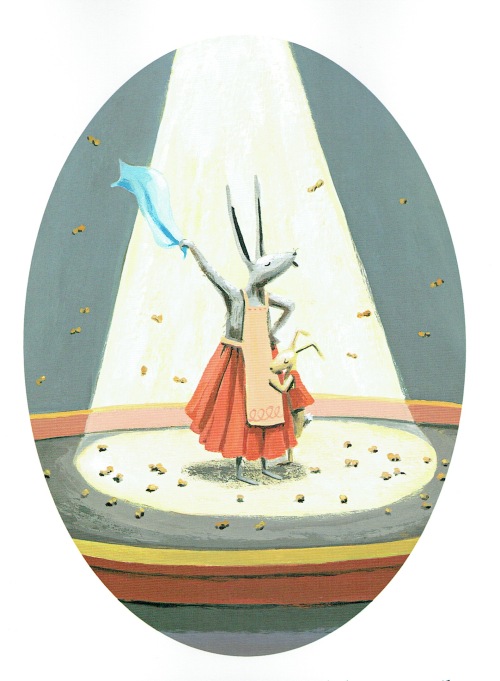
Mother Rabbit saves the day when she promises them an even more terrifying act: The Messiest Room on Earth. The crowd follows them home, where it is properly stunned by Little Rabbit’s rank room. Before leaving, the visitors are invited to take a souvenir or two from the mess, and when the last leave, Little Rabbit finally has his clean room and a greater understanding of just how lucky he his to have a mom like his.
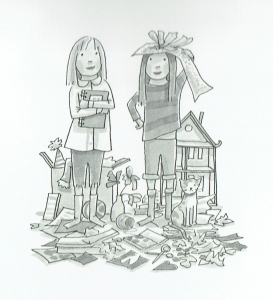 “Little Rabbit and the Messiest Room on Earth” was written and illustrated by the sister team of Kate Klise and M. Sarah Klise who say they “spent many hours as children avoiding the loathsome task of cleaning their room” but make note in their bio that their mother, Marjorie Klise, is actually “the nicest (and smartest) mother on Earth.”
“Little Rabbit and the Messiest Room on Earth” was written and illustrated by the sister team of Kate Klise and M. Sarah Klise who say they “spent many hours as children avoiding the loathsome task of cleaning their room” but make note in their bio that their mother, Marjorie Klise, is actually “the nicest (and smartest) mother on Earth.”
Their story walks the humorous balance of sympathizing with a child’s frustrations but also smirking at that child’s tendency to cast his mother as “the meanest” over the smallest disputes. I believe I was most recently compared to an “evil stepmom” when I asked my second born to put her shoes away.

“Where’s Mommy?” written by Beverly Donofrio and illustrated by Barbara McClintock.
We received this book as a gift from a friend with excellent taste in children’s books (is their anything better you can ask for in a friend?), and it has remained one of my all-time favorites ever since.
“Where’s Mommy?” introduces us to Mary and Mouse Mouse, a little girl and the juvenile mouse that lives below her family’s floorboards. The two are fast friends, but they can’t tell a soul, because:
“If Maria’s parents knew there were mice in the house, they’d get a cat. And if Mouse Mouse’s parents knew their daughter was friends with a human, they’d flee to a hole in the ground.”
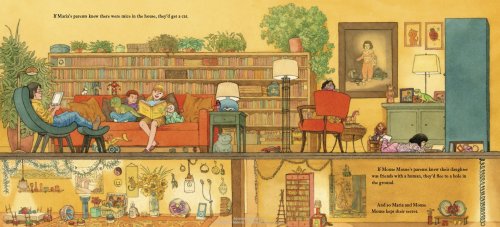
Illustrator Barbara McClintock depicts their parallel worlds in fascinating detail—Mary’s family’s cozy mid-century modern, with quirky art, stuffed bookshelves, and scattered children’s toys; and Mouse-Mouse’s subterranean residence, cobbled together from cast-offs from the human world above, bringing to mind the beloved Borrowers: a flashlight for a floor lamp, a watch as a wall clock, and gummy bears standing in as playthings. This plethora of details is what I love most of about McClintock’s work and often leaves me wondering how much time must go into a fully-illustrated spread. The images are certain to captivate the child reader and they always leave something new to discover on subsequent readings.
Beverly Donofrio’s story follows Maria and Mouse Mouse one evening as each gets ready for bed, but can’t find their mothers when it’s time to say goodnight.
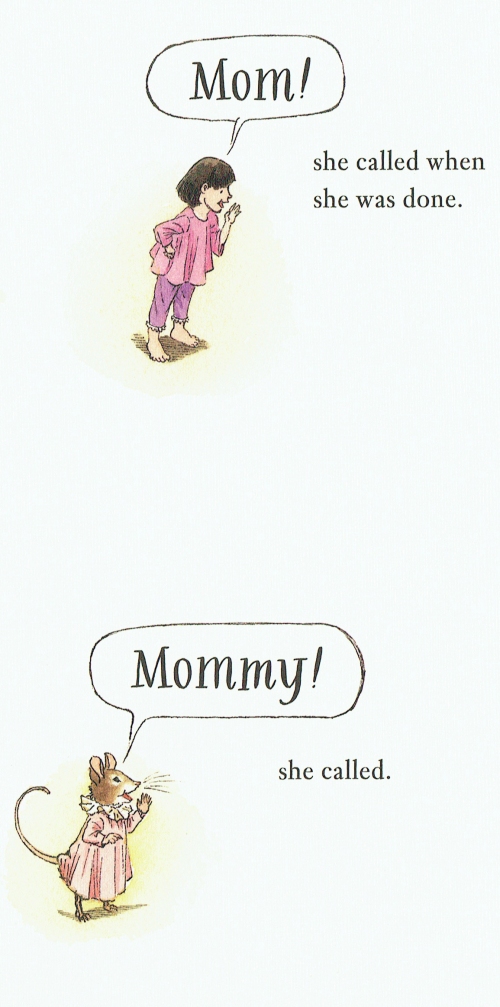
When neither gets an answer and their mothers fail to appear, the girls’ shouts intensify, and, before long, the halls are echoing with their voices. It’s funny, when our children are babies, we can’t wait to hear them say “mama” for the first time; but once they master it, they certainly learn how to abuse it.
They search the house, top to bottom; their fathers are of no help, and neither are their siblings. Just when they’re certain their mothers have disappeared, Maria and Mouse Mouse discover them in the backyard shed having a lovely chat together! It turns out that Maria and Mouse Mouse aren’t the only ones with a secret friendship.







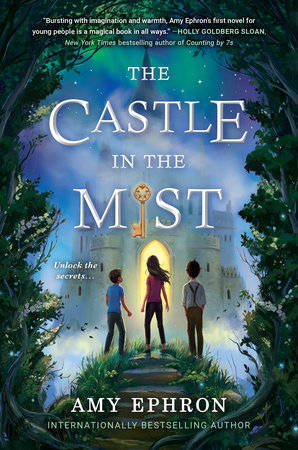
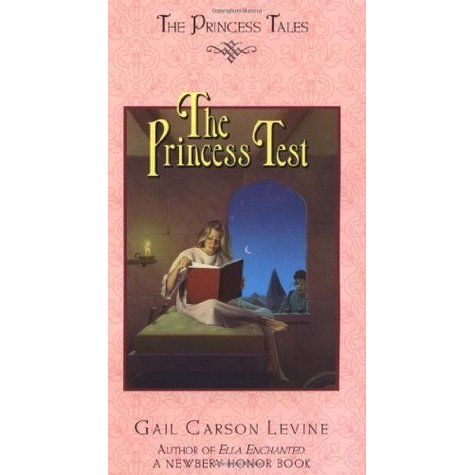
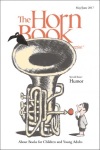 While these signed editions impressed the big girls, I was most excited about my find for 3-year-old Flora. I’ve subscribed to the
While these signed editions impressed the big girls, I was most excited about my find for 3-year-old Flora. I’ve subscribed to the 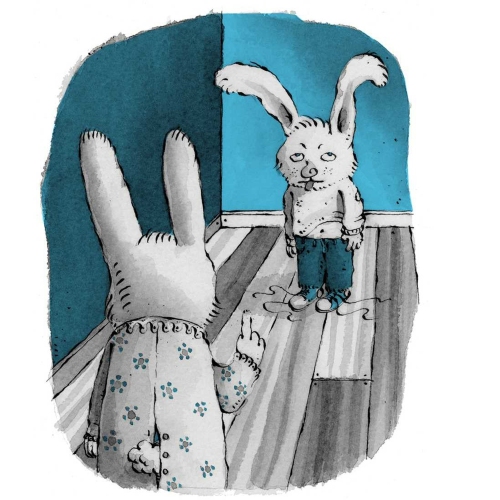
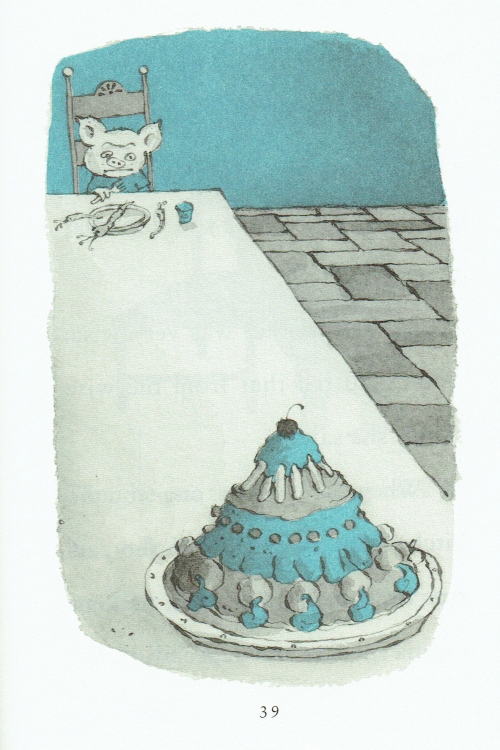
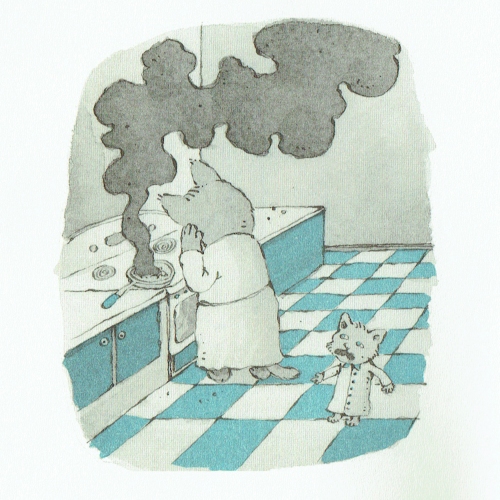

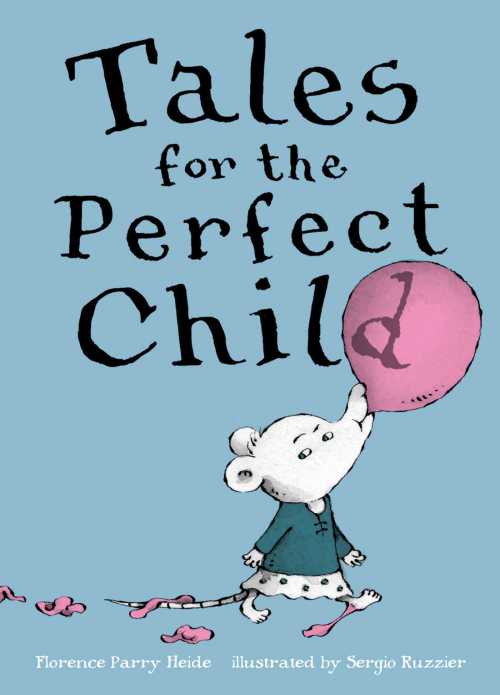





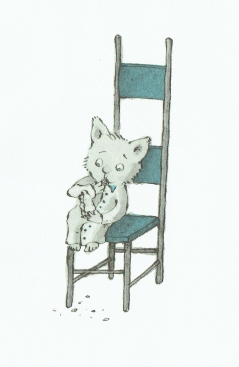
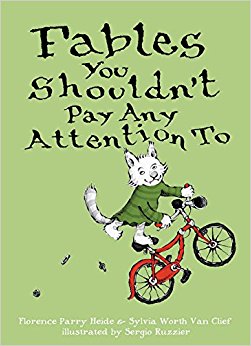




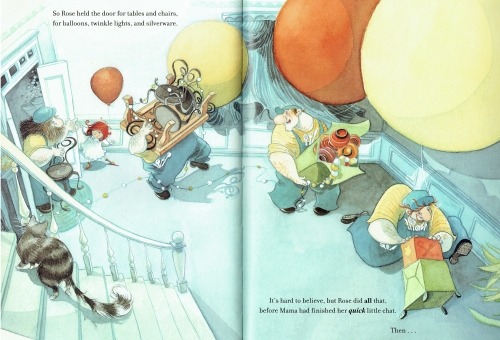
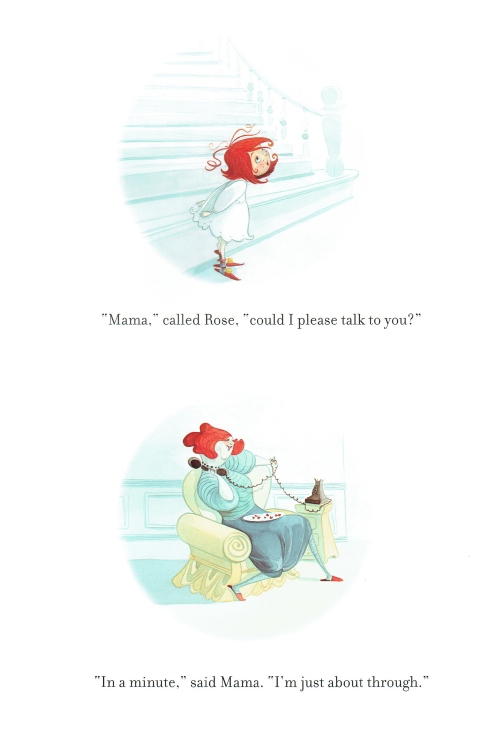
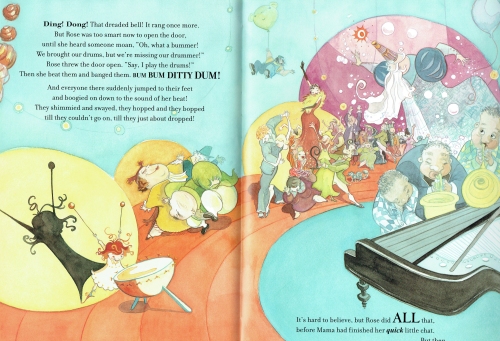
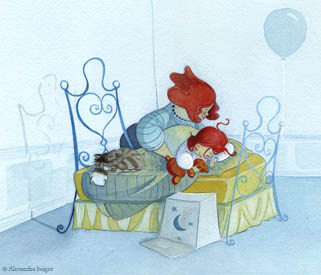
 As an added bonus, Reichert composed this story using inventive rhyme, creating a rhythm that’s fun for both the reader and the listener.
As an added bonus, Reichert composed this story using inventive rhyme, creating a rhythm that’s fun for both the reader and the listener.